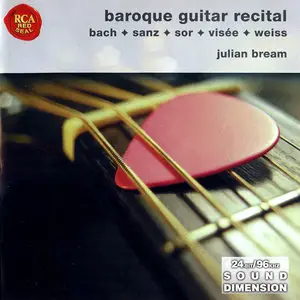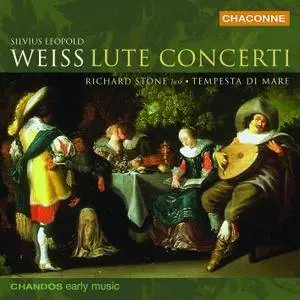Julian Bream - Baroque Guitar Recital: J.S. Bach, G. Sanz, F. Sor, S.L. Weiss, R. De Visée (2003)
EAC | FLAC | Image (Cue&Log) ~ 250 Mb | Mp3 (CBR320) ~ 155 Mb | Scans included
Classical, Guitar | Label: BMG/RCA | # 09026 64001 2 | Time: 01:05:34
EAC | FLAC | Image (Cue&Log) ~ 250 Mb | Mp3 (CBR320) ~ 155 Mb | Scans included
Classical, Guitar | Label: BMG/RCA | # 09026 64001 2 | Time: 01:05:34
The fluidity of his playing on this album is amazing. Each note falls in place at exactly the right moment. Besides the well-known J.S. Bach, he also introduces us to several other less-known Baroque composers: Gaspar Sanz, Fernando Sor, S.L. Weiss, & Robert de Visee. Too often, Baroque music is presented as just an exercise in counterpoint. In this album, the rhythm is matched to human emotions in such a way that it's not just an academic exercise. The music is both exhilarating and soothing.



